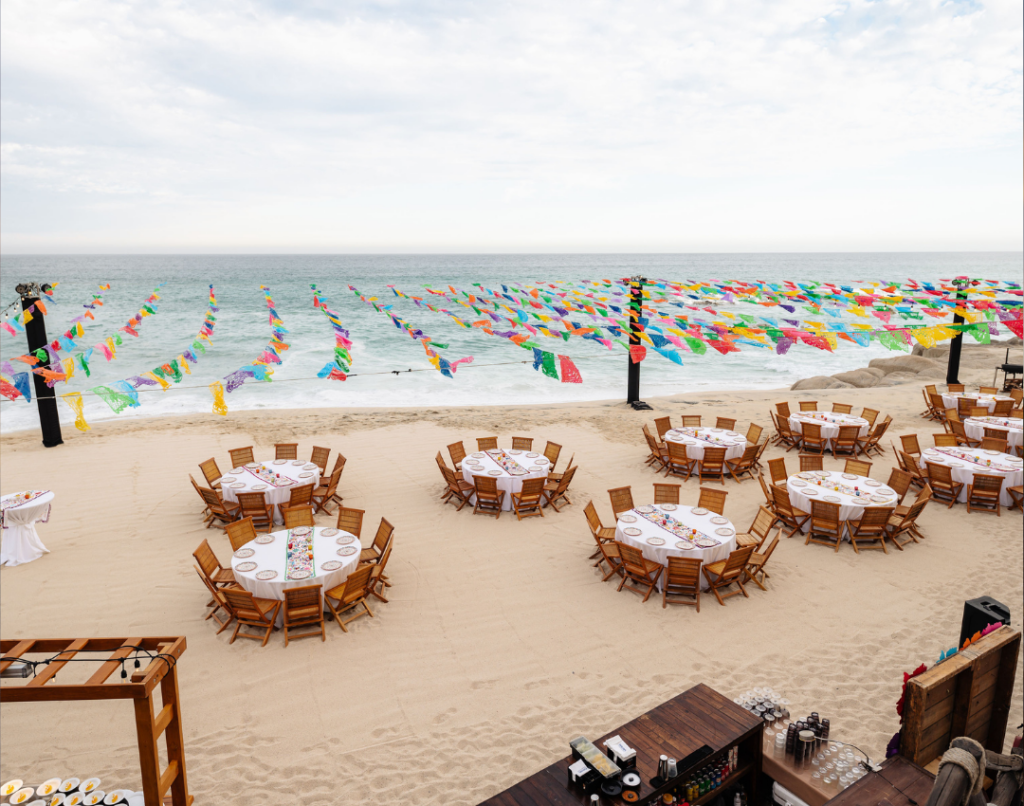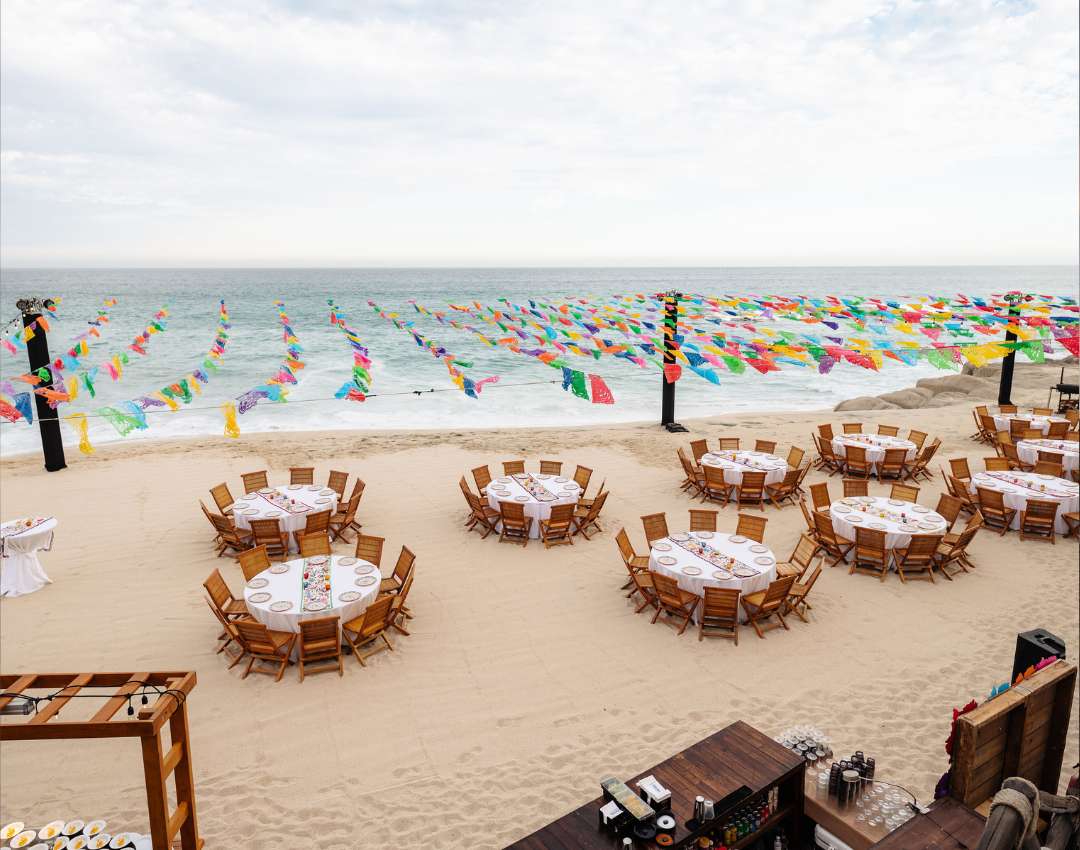Measuring ROI – return on investment – of incentive travel is climbing the list of key concerns for companies this year, according to the latest Incentive Travel Index report by the Incentive Research Foundation (IRF) and Society for Incentive Travel Index (SITE).

This is driven by a ‘caution that stems from an uncertain geo-political, economic and environmental backdrop’ the report highlights. “With projected growth and increased demand, incentive professionals will also have to contend with challenges of availability, lift and access to local resources,” IRF President Stephanie Harris says in the report.
Measuring the success of incentive travel has been largely driven by the hard power benefits of financial return. However, while the report does show more than a third of buyers measure the success of a programme with financial ROI, increased sales and market share – and, of course, how it can motivate an individual’s performance – there is the opportunity to measure ROI with ‘softer’ benefits.
The report highlights these are growing in popularity, with more than half of buyer respondents embracing soft power benefits.
So what are these softer benefits? And why should they be considered when measuring the impact and success of an incentive travel programme? Reed & Mackay Event Experience Lead Lucy Tomkins explains the advantages they bring and how a dedicated event agency can help you measure the ROI of incentives.

1. Staff retention
Incentives are an excellent way to drive staff retention – it’s the ultimate reward. They’re an opportunity to travel to an exciting destination and clients can use them to combine important meetings. You can gather everyone in one place to share key company updates. And, depending on the trip’s vibe, it can either be organised as a fireside chat or have more formal staging. It’s another great way to keep everyone engaged before starting the incentive.
2. Improves company culture and employee engagement
Understanding your incentive programme audience is integral. Personalising what you offer them on the trip makes the participants feel valued. This can go a long way to generating a positive company culture. Personalisation can range from specific gifts targeted to the audience to sustainable incentives and activities as part of the programme.
What’s becoming increasingly popular is giving back to the communities of the destination you visit. Coming away from an incentive trip having learnt about the culture of another destination can be incredibly powerful. This, in turn, can go towards maintaining a positive company culture.
Another way to do this is introducing bespoke activities. Having a special focus on your company’s culture and values for the afternoon can make the participants feel special.

3. An opportunity to utilise supplier relationships
Outside of air travel and hotel rates, the biggest cost of an incentive programme are its activities and the food and beverage. As the ITF/SITE report says, the supply chain for incentive travel experiences can be complex, so “it’s critical to form strong partnerships with suppliers, including hotels, DMOs, and DMCs”.
Your agency should have those strong relationships with partners; it makes a big difference, both in terms of the speed which suppliers respond to requests and obtaining cost savings. However, it’s vital to have that relationship not just at the start but all the way through the programme. Plus, having a good relationship with the agency may lead to the supplier providing an upgrade or added extras either free or at a discounted price. At Reed & Mackay we have built – and continue to build – strong relationships with suppliers through site visits, fam trips and participating in industry conferences and exhibitions. These are the ideal place to meet up with new and familiar faces and cultivate relationships.
Mail [email protected] to discuss all of your travel and event management needs.




